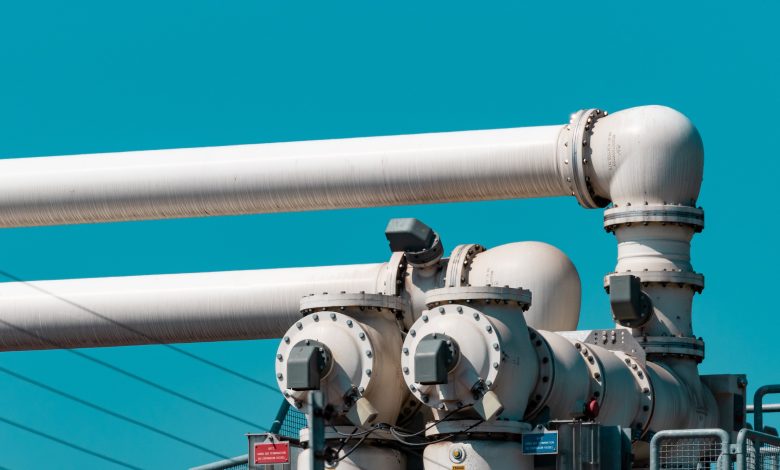
We recycle wastewater from almost two million homes before returning it to rivers and the sea. For this to happen though there are some very key processes and equipment to ensure it happens in a clean and correct way. There are pumps that process the water and clean the water for safety. It passes along in a journey-like way and from this, it is cleaned.
How a pump will work
A wastewater pump is used to transfer sewage liquids and solids from one place to another. Usually, in residential applications, sewage includes soft solids up to 2″ in diameter is pumped from a sewage basin to a sewer system or a septic tank. A wastewater pump is installed at the lowest point of the sewage basin.
Since the pump is submerged most of the time, it is also referred to as a submersible sewage pump. One of these pumps can be automatic, manual or dual mode. A dual mode pump contains a piggyback plug, which allows the pump to be used as either manual, wherein the pump bypasses the switch and is plugged in directly into the socket or as automatic. This is where the pump is plugged in through the floating switch and works only when the switch is activated.
Sewage overflow
Due to a possibility of sewage overflow, it is generally not advised to use a manual sewage pump inside of a sewage basin. Sewage pumps are centrifugal pumps, with special design enabling solids to pass without clogging the pump. When the pump is turned on, the motor starts to rotate the impeller, creating the pressure that pushes water into the impeller and goes into the discharge pipe.
The different types of sewage pumps on the market
Effluent Pumps – effluent pumps are the pumps most often uses in small on-site system. They are designed to pump effluent, the effluent flowing out of a septic tank. This effluent is relatively clear liquid because the solids have developed out in the septic tank. Effluent pump can pump higher levels and more efficient than the other types of sewage pumps because these pumps don’t have to handle sewage solids.
Solid Handling Pumps – these pumps is also called sewage ejector pumps made to pump raw sewage. Raw sewage contains too many solids for most pumps, so only solids-handling pumps should be used where raw sewage has to be pumped.
Grinder Pumps – a grinder pump is much like a solid-handling pump. It can pump raw sewage. The difference is that the grinder pump has rotating blades, like garbage grinders that cut and grind the solids into small particles before the sewage is pumped.
There are other options and types of pumps in the market though these are among the main ones on offer at present that you are likely to see and find. Every pump will have it’s own role to play though these are the pumps you will often seen the most in an industrial site.
Why is there such as wide need for these pumps?
The first thought for anyone planning a new development should be getting connected to mains sewers. They are typically the most cost-effective and reliable method of dealing with your wastewater. However, getting a mains sewer connection isn’t always possible. In some scenarios, the distance from the nearest sewer or the layout of the land can make it impossible to have your property serviced by a mains sewer. That’s where sewage treatment plants and other alternatives come in. The operation of a sewage treatment plant means that you can have one installed almost anywhere, as long as you have an electrical connection.
Do these plants need to be emptied from time to time?
The purpose of a sewage treatment plant is to treat the wastewater as thoroughly as practically possible – and, even though such plants can often deal with more waste than a septic tank, they will still need emptying from time to time. Over time, sludge can also build up in the system. It’s important that a treatment plant is regularly maintained at least once a year or as you are advised by the installer.
The benefits of having waste water pumps installed
A waste water pump is designed to remove water build-up from basements and crawlspaces. It is then used to safely deposit it through the waste water system of a house. The operation of a sump pump is relatively simple, although their installation is more complicated. It is not just for a house though as it can also be installed and working in a commercial building also. Big industrial sites often see and have these pumps installed too.
In further detail – the other key benefits of having one of these pumps fully installed
- Prevent flooding damage. When heavy rains trigger a flood of water into your basement, you can quickly have 15 inches of flood water covering the floor and damaging almost everything inside, which can be especially devastating if you store valuable items in the basement. With a working sump pump, this disaster can be averted easily.
- Reduce the threat of mould and mildew. Continual dampness inside a basement from water in stagnant pools will contribute to the growth of mold and mildew. Not only are these both damaging to building material, but they are health problems as well.
- Reduce the risk of fire. The water will short-circuit the appliances in the basement, such as laundry machines, water heaters, and heating systems. So, aside from ruining these valuable appliances, water can also create a fire danger. A sump pump will keep the water from threatening equipment that could trigger household fires.
Overall – what you need to know and what we can all learn
There are many pumping station facilities, including pumps and equipment for pumping fluids from one place to another. They are used for a variety of infrastructure systems. This includes supplying water to canals, and the removal of sewage to the processing site. This station in sewage collection system also called lift station. They are designed to handle raw sewage that is fed from underground pipelines. Businesses can benefit from using sewage pumps as it can handle loads of water in a small amount of time. It is cost efficient if you have a sewage pump to handle those unwanted water and wet waste.




